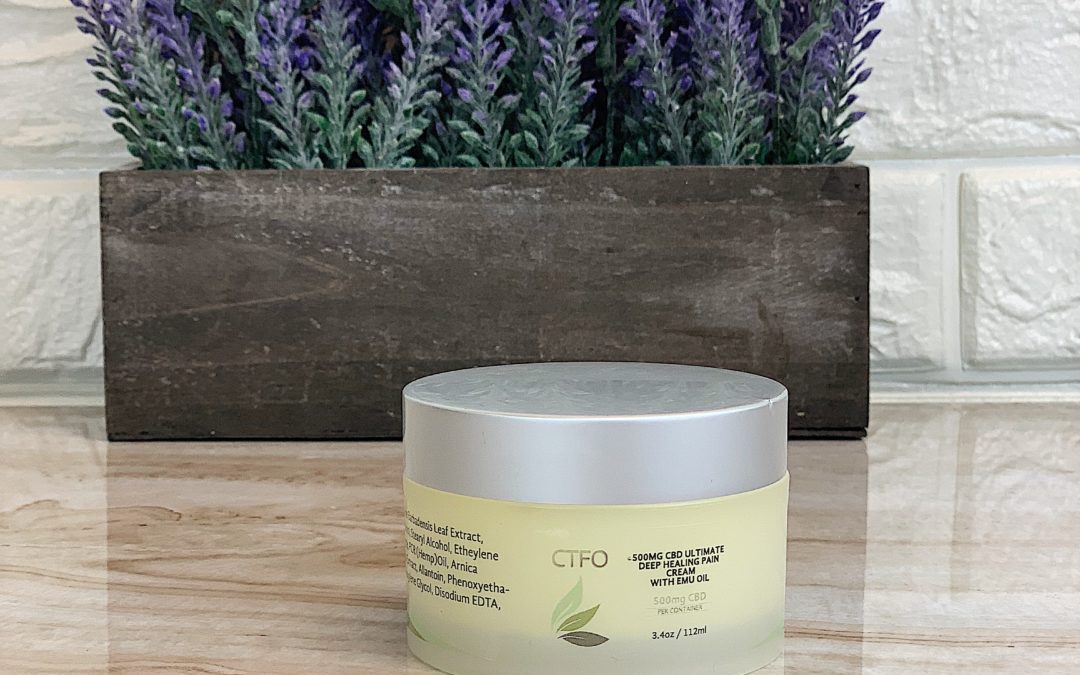A couple of years ago, a remarkable thing happened when CBD became legal to use as a nutritional supplement in all 50 states. The market has exploded with interest and in fact, you can buy it just about anywhere: Bed, Bath and Beyond, CVS, even gas stations. But how do you know what you’re getting?
First, you want a product that is tested by in independent laboratory with published results. You’re looking for the percentage or milligrams available in the product. A recent study found that many products advertising CBD content had little or no CBD in them! Second, you want 100% organic non-GMO, CO2 extracted and grown in the US. Then you want something moderately priced – many consumers are overpaying for their products and don’t know what they’re getting. You need to read your labels. Is the CBD in hemp oil? It should be.
We hear many stories of people whose ailments have been helped tremendously with the use of CBD and it seems to be good for so many problems. Why is that? In school, you are taught that there are 11 major organ systems in the human body. They include the circulatory, respiratory, urinary, reproductive, integumentary, skeletal, muscular, nervous, endocrine, lymphatic, and digestive systems. All these systems make up the human body. But did you know you also have an endocannabinoid system (ECS)? You probably didn’t because unless you are a research scientist or work with medical cannabis, it is unlikely that you will ever hear of it. And yet, the ECS has been called “the most important physiologic system involved in establishing and maintaining human health.
According to Tyler Strauss of Randy’s Club, we have known about the ECS for about 25 years. It was first discovered in the 1990’s, by L.A. Matsuda. Dr. Matsuda was the first to describe the structure and functional expression of the cannabinoid receptor, CB-1. Scientists were trying to understand how THC, the primary intoxicating substance in marijuana, affected the body. What they discovered was a remarkably complex network of cannabinoid receptors (CBr) expressed in cells of both the central and peripheral nervous system.
We do not have a full and complete picture of what the ECS does but we do know that the ECS helps fine-tune most of our vital physiological functions. It promotes homeostasis affecting everything from sleep, appetite, pain, inflammation, memory, mood, and even reproduction. So in basic terms, the ECS helps modulate the regulation of homeostasis across all major body systems ensuring that all systems work in concert with one another. The ECS helps bring balance to the body. As a result, it is no surprise that scientists have observed changes in ECS activity in a number of diseases. Everything from neurodegenerative disorders to rheumatoid arthritis and cancer have shown changes in endocannabinoid levels and greater receptor expression. This suggests that the ECS may be an effective target for restoring balance in the body and promoting good health.
When the ECS is functioning properly, all our various body systems are maintained in a state of dynamic equilibrium, or homeostasis. But what happens when the ECS is dysfunctional or damaged? Scientists have found that certain conditions which are associated with hypersensitivity to pain or stimulus, such as migraines, fibromyalgia, and IBS, the ECS is dysfunctional. This hypothesis, that the ECS may lie at the root of some disorders, is known as the Clinical Endocannabinoid Deficiency hypothesis. It is believed that by supplementing the body with naturally occurring cannabinoids from plants, we can correct this deficiency, relieve symptoms, and restore health.
For a very good visual representation of the concept of homeostasis, check out this video.
For more detailed information, please call Carol at 773.793.8893.
Content provided by Women Belong member Carol Kimball











































 Women Belong Holiday Party - ZOOM
Women Belong Holiday Party - ZOOM Why Your Business Wants You To Do Yoga
Why Your Business Wants You To Do Yoga Women Belong Book Club
Women Belong Book Club Why Heroine?
Why Heroine? Follow up with Flow: Creating a Follow Up Funnel that Feels Easy
Follow up with Flow: Creating a Follow Up Funnel that Feels Easy